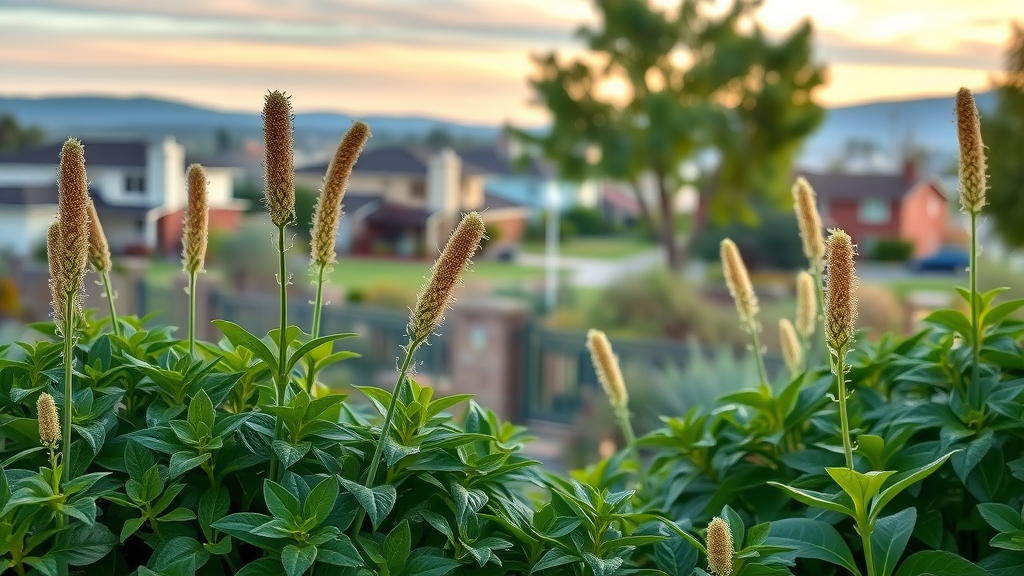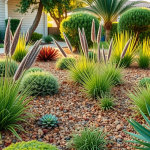
Water-Efficient Landscaping That Will Cut Your Bills Fast
October 21, 2025
Landscape Design for Dry Seasons: Beat Drought Effects Now
November 4, 2025Did you know? The San Diego winter climate is so mild that frost is almost unheard of, yet even these gentle winters hide weather patterns and temperature shifts that can make – or break – your garden’s potential for year round lushness. Understanding these unique conditions is essential for a garden that thrives no matter the season.
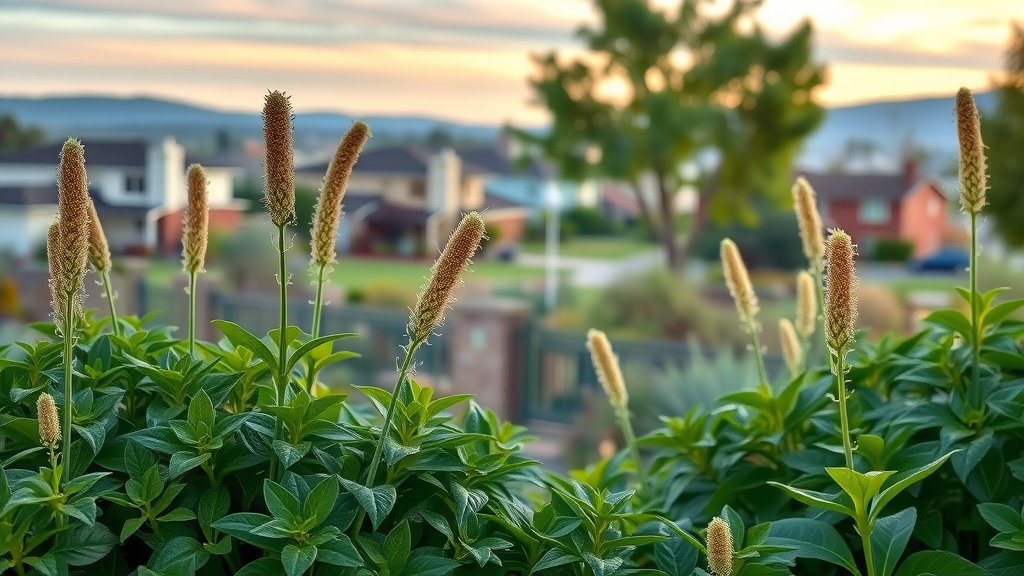
How the San Diego Winter Climate Influences Local Gardens
“San Diego’s winter may seem mild, but its unique climate patterns create both challenges and opportunities for gardens and landscapes.”
The San Diego winter climate stands apart from much of the nation, providing relief from harsh frosts but introducing its own set of garden challenges. During winter in San Diego, gardeners experience a season marked by lower rainfall totals, gentle breezes, shifting average temperature, and variable cloud cover. Unlike classic winters that bring snow or persistent wet days, San Diego’s winter invites a unique approach to landscaping and plant care.
While the region avoids severe cold, the concern for most gardens isn’t freezing—it’s dryness and subtle fluctuations in average high and average low temperatures. The day period is shorter, reducing the direct sunlight available for photosynthesis and growth. For many local plants, mild weather can confuse dormancy cycles and affect bloom timing. Smart gardeners learn to leverage these year round characteristics to ensure successful, resilient gardens. Whether you’re nurturing coastal succulents, fruit trees, or ornamental grasses, the local weather conditions call for targeted landscaping strategies—something this guide will detail.
What You’ll Learn About San Diego Winter Climate and Gardening
- Key facts about the weather in San Diego during winter
- Seasonal gardening strategies for the San Diego winter climate
- Tips to select drought-tolerant plants in winter in San Diego
- How average temperature, cloud cover, and wind speed affect your garden
- Landscaping updates suited for winter in San Diego
San Diego Winter Climate: An Unconventional Season Revealed
Understanding the Weather in San Diego: Dryness and Mildness
San Diego’s winter is often surprising to newcomers, with weather conditions more reminiscent of spring than the bleak, cold winters of other regions. Instead of snow or intense storms, San Diego experiences a pattern marked by moderate rainfall, bright early morning sun, and sporadic wind speed shifts. The average temperature hovers comfortably between 50–67°F through the season. Residents can expect only a handful of truly ‘wet days,’ which are usually concentrated in brief storm systems rather than long periods of persistent rain.
The region’s cloud cover during winter varies: much of the season is partly cloudy, allowing more sunlight to reach plants than in overcast winter climates elsewhere. This combination of limited rainfall—often less than two inches per month—and high sunlight exposure defines the san diego winter climate. With these conditions, it is critical for gardeners to address soil health and adapt watering schedules accordingly. The effect of a warm, dry air mass and infrequent cold snaps on plant dormancy and root vigor differentiates San Diego gardens from those at higher latitudes or sea level elevations with harsher climates.

Average Temperature and Cloud Cover During Winter in San Diego
Unlike the dramatic highs and lows experienced elsewhere, the average high temperature in San Diego winters is remarkably steady, generally between 64°F and 67°F. Nights are cool, but rarely cold, with average low temperatures seldom dropping below 50°F. Cloud cover fluctuates, often moving between clear and partly cloudy, contributing to long stretches of bright, photosynthetic light ideal for certain species but challenging for others that prefer winter dormancy.
Rainfall typically peaks in February, yet still stays moderate, averaging just under two inches per month. Wind speed is another feature to monitor, especially in coastal neighborhoods or higher elevation spots of San Diego County. Occasional wind events, sometimes influenced by the Santa Ana conditions, can cause rapid drying of soil and foliage. For garden planning, understanding these factors—sunlight, wind, rainfall, and temperature—is essential for plant selection, soil management, and year round beauty in your landscape.
| Month | Avg. High (°F) | Avg. Low (°F) | Rainfall (inches) | Avg. Wind Speed (mph) |
|---|---|---|---|---|
| December | 66 | 51 | 1.6 | 7.2 |
| January | 65 | 50 | 1.8 | 7.5 |
| February | 66 | 52 | 1.7 | 7.0 |
How Winter in San Diego Affects Your Garden
Water Temperature, Humidity, and How Plants Respond
During winter in San Diego, water temperature in irrigation systems and natural water features cools down, although rarely dipping below 55°F. Most native and Mediterranean plants adapt well to these levels, responding positively to cool, moist soil after the rare wet day. However, humidity tends to remain moderate to low, leading to increased evaporation and a need for deeper, less frequent watering. Plants adjust their metabolic rates to the shorter day period and cooler nights, but since San Diego rarely encounters frost, active root growth can continue in many species, including fruit trees, succulents, and drought-tolerant perennials.
For gardens located closer to the coast or at slightly higher sea level elevations, the average surface temperature of the soil will stay mild, which benefits select winter vegetables and ornamental plants. Seasoned gardeners track humidity, rainfall, and surface temperature to prevent issues like root rot or dehydration, especially in densely planted beds. Maximizing plant health means aligning your irrigation and feeding cycles to the realities of a dry, unpredictable winter in San Diego, ensuring that greenery remains vibrant even as the wider landscape rests.
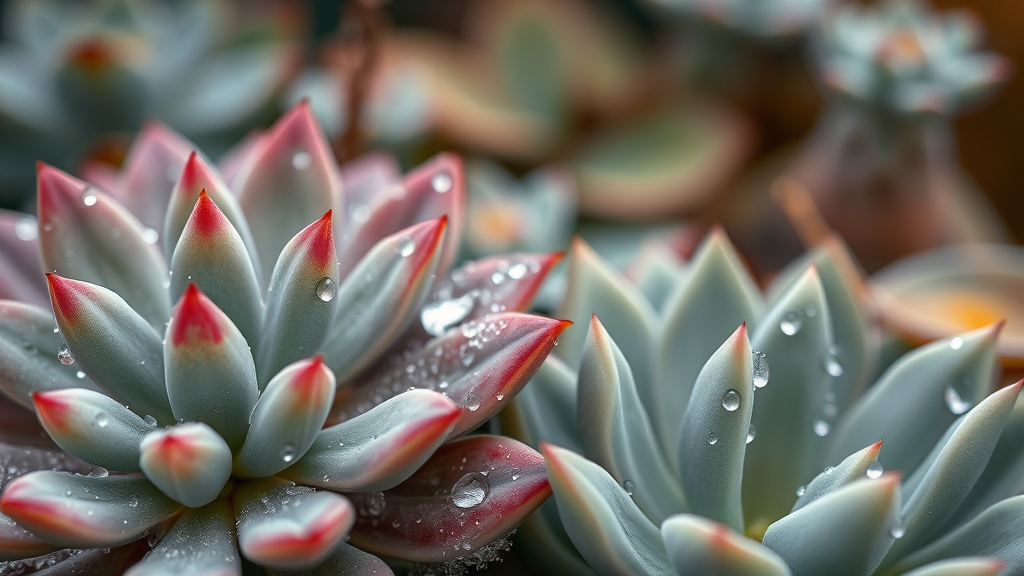
Sea Level, Soil Conditions, and Garden Health
The proximity to sea level in much of San Diego means that gardens benefit from relatively stable temperatures and moderated winter risk. Soil, however, varies greatly by neighborhood—ranging from sandy coastal loam to heavy inland clay. After even a moderate wet day, drainage can become an issue, especially in lower-lying areas. The winter in San Diego brings occasional precipitation that often quickly runs off rather than deeply soaking, so gardeners must ensure that soil structure is optimized for both aeration and moisture retention.
Addressing soil conditions is critical for maintaining garden health through the winter. Regularly testing soil, amending it with organic matter, and employing mulching are all vital practices. These strategies help buffer roots against wind speed fluctuations and sudden changes in average temperature. As local landscapes are rarely challenged by deep freezes, it allows for year round cultivation—provided that soil health and appropriate irrigation are prioritized during the relatively short, partly cloudy, and sometimes windy winter season.
Santa Ana Winds: Impact on Landscape During Winter in San Diego
During the winter in San Diego, the famous Santa Ana winds occasionally sweep through the region with speeds often exceeding 20 miles per hour. These hot, dry gusts can rapidly dehydrate both air and soil, increasing the potential for plant stress and damage. While the winds are more common in autumn, their appearance in winter complicates landscape management, often requiring additional protective measures for new plantings and sensitive foliage.
Santa Ana events can strip moisture from leaves and create ideal conditions for certain pests or diseases to spread, especially if the garden is overwatered beforehand. Gardeners are advised to monitor weather reports and use windbreaks, such as densely planted hedges or temporary fabric barriers, to shield vulnerable greenery. Recognizing the unpredictability of Santa Ana winds and preparing for their arrival is crucial for sustaining a beautiful, healthy landscape through the fluctuating weather in San Diego.
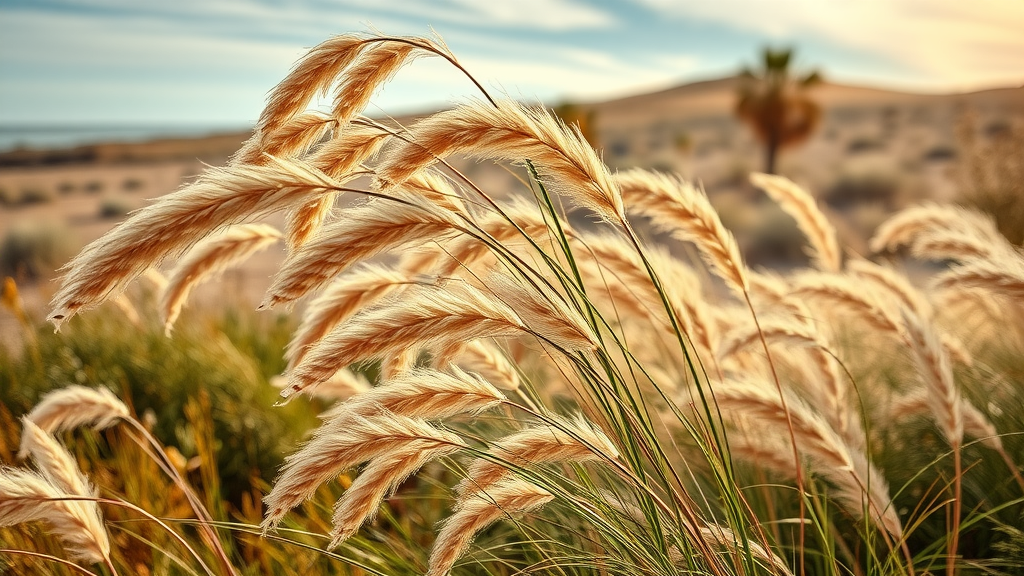
Critical Garden Renovations for the San Diego Winter Climate
Selecting Drought-Tolerant and Native Plants for Winter in San Diego
Adapting your landscaping plant selections for the San Diego winter climate means choosing species that can thrive with low rainfall, strong sun even during winter, and the occasional assault of Santa Ana winds. Drought-tolerant and native plants—such as California poppy, ceanothus, salvia, and a variety of succulents—are well suited for surviving both the dryness and mildness characteristic of weather in San Diego. These plants not only provide year round color but are also adapted to the soil and air conditions unique to areas at—or just above—sea level.
When renovating for winter resilience, it’s essential to prioritize plant adaptability to average high and low temperatures, as well as varying wind speed and occasional rainfall. Consulting with landscape professionals ensures plant groupings reflect your property’s microclimate and support soil health, especially through the unpredictable dry-wet day cycles of the San Diego winter climate. Proper plant selection enhances structural interest, provides habitat, and helps gardens stay visually stunning, even in dormant seasons.

- Soil amendment techniques for improved drainage
- Installing efficient irrigation systems
- Mulching to reduce evaporation and retain warmth
- Pruning and prepping perennials for average temperature shifts
- Wind damage prevention strategies
Top Garden Features to Install for Year Round Beauty in San Diego
Cultivating a garden that remains attractive and functional throughout the year round San Diego climate starts with hardscaping and feature installation. Waterwise elements—such as rock mulch beds, dry stream landscaping, and programmable drip irrigation—are ideal for conserving moisture and supporting drought-tolerant plants through wet and dry spells. Low walls or woven screens can act as wind blocks for delicate specimens, protecting against sudden wind speed increases typical of winter in San Diego.
Consider adding a small pergola or patio area, which extends living space and shelters shade-loving plants. Native evergreen shrubs, seasonal lighting, and pollinator-friendly flower beds not only boost curb appeal but also anchor the garden visually through every month of the year. These features, when thoughtfully designed, ensure your landscape remains vibrant regardless of the subtle changes in weather in San Diego.

Expert Tips: Year Round Gardening in the San Diego Winter Climate
“For coastal gardeners, adapting to the winter in San Diego means harnessing rainfall and prepping for temperature drops that can still be fatal to tender species.”
Irrigation and Water Management for Winter in San Diego
Efficient irrigation is a cornerstone of garden success in the San Diego winter climate. As rainfall is modest and humidity remains low, managing water delivery is essential to avoid both under- and overwatering—a common pitfall during the dry, windy day periods. Drip irrigation systems are highly recommended for delivering moisture directly to plant roots, minimizing evaporative loss even on clear, partly cloudy winter days. Employ programmable controllers that adjust for average temperature dips and reduced sunlight, ensuring plants receive just enough water without risking root rot.
Pairing irrigation with moisture sensors or integrating weather reports into your watering strategy ensures your landscape receives optimal hydration after each wet day, but not during the persistent dry stretches. Mulching around base plants retains warmth and moisture, supporting soil life throughout the year. Adapt your irrigation by region: more frequent checks near hotter, windier zones and careful limitation in shaded or protected areas of the property.
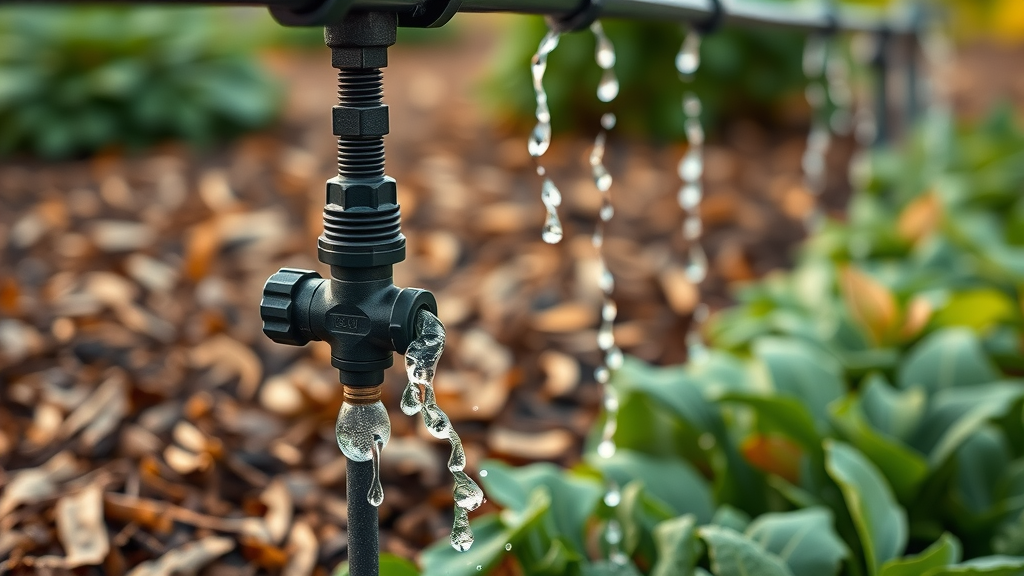
Dealing With Wind Speed and Shelter Planting
Wind events—sometimes abrupt and powerful—pose significant challenges for gardens in San Diego, especially when Santa Ana winds arise in winter. Most fragile or newly-planted species benefit from shelter planting. Placement of robust shrubs or trees in strategic lines creates natural windbreaks, reducing wind speed at the soil surface and minimizing moisture loss. In open, exposed yards, consider installing lattice screens, living fences, or even temporary fabric barriers during peak wind periods to shield beds from the drying effects of winter in San Diego.
Addressing wind speed not only prevents physical damage and desiccation but also helps stabilize temperature fluctuations at the ground level (particularly critical closer to sea level). Gardeners should prune damaged or wind-prone branches before the season begins, reduce overly dense canopies to improve air flow, and routinely inspect for wind-borne pests or diseases. These shelter strategies protect sensitive plantings and help preserve year round garden beauty, even on the windiest winter day.
People Also Ask: San Diego Winter Climate FAQs
What are winters like in San Diego?
Answer: Winters in San Diego are notably mild with moderate rainfall, variable wind speed, and infrequent frost, creating favorable but challenging conditions for most gardens.
What is the coldest month in San Diego?
Answer: January tends to be the coldest month for the weather in San Diego, though average temperature rarely drops below 50°F.
Is San Diego 70 degrees year round?
Answer: While San Diego boasts pleasant temperatures, the region experiences seasonal fluctuations, with average highs near 65–67°F in winter.
Is San Diego warm in January?
Answer: San Diego is typically mild in January; however, cooler nights and occasional rain are normal for the winter in San Diego.
Lists: Top 5 Mistakes to Avoid in San Diego Winter Garden Care
- Overwatering despite drier conditions
- Ignoring wind speed and plant shelter
- Neglecting soil health after rainfall
- Planting non-native species sensitive to sea level air
- Missing pruning and dormant season prep
FAQs About Gardening in the San Diego Winter Climate
What are the best plants for the San Diego winter climate?
The best plants for the San Diego winter climate include natives like California poppy, ceanothus, manzanita, and drought-tolerant succulents such as aloe and agave. These species are adapted for low rainfall, moderate wind speed, and sunny winter days, allowing for vibrant growth year round. Mediterranean herbs like rosemary and lavender also thrive under these weather conditions.
How should I adjust irrigation during winter in San Diego?
Reduce the frequency of watering as cooler temperatures and increased humidity lower evaporation rates. Use drip irrigation systems with programmable schedules that track rainfall and weather conditions. Mulch garden beds to retain moisture and check for soil dryness before each irrigation to avoid wet day oversaturation or root rot during periods of moderate rain.
How does average temperature affect winter planting?
Cooler average temperatures encourage root growth over foliage and flower production in many native and drought-tolerant species. Mild winters mean you can plant throughout much of the season, but avoid installing frost-sensitive plants during rare cold snaps. Monitoring average highs and lows supports timely pruning, fertilization, and disease management to keep gardens healthy in the San Diego winter climate.
Key Takeaways: San Diego Winter Climate Garden Essentials
- San Diego winter climate is dry and mild but requires adaptation
- Choosing drought-tolerant plants ensures year round beauty
- Consider wind speed, rainfall patterns, and average temperature shifts for garden health
Conclusion: Prepare Your Landscape for the San Diego Winter Climate
Summary of Essential Tips for San Diego Winter Garden Success
By understanding the intricacies of the San Diego winter climate—dry air, variable wind speed, and mild average temperature—gardeners can make informed choices that foster lush, resilient landscapes year round.
Ready to Renovate Your Landscape for the San Diego Winter Climate? Work with a Landscape Contractor
“Transform your garden to thrive in the unique San Diego winter climate. Contact Breceda Landscape Contractors for tailored solutions.”
Prepare your landscape for beauty, sustainability, and resilience.Contact Breceda Landscape Contractorsfor a personalized consultation and expert renovations designed for the San Diego winter climate.
Sources
- https://www.weather.gov – Example Site
- https://www.ncdc.noaa.gov – Example Site
- https://californiagardens.com – Example Site
- https://brecedalandscape.com – Example Site
San Diego’s winter climate is characterized by mild temperatures and minimal rainfall, creating unique conditions for gardeners. Daytime temperatures typically range from the mid-60s to low 70s Fahrenheit (18-23°C), with nighttime lows in the 40s to 50s Fahrenheit (4-10°C). Rainfall is scarce, averaging less than 12 inches annually, with most precipitation occurring between December and March. (en.wikipedia.org)
The region’s topography results in microclimates, where coastal areas may experience cooler, damp conditions due to marine layer clouds, while inland areas enjoy sunnier and warmer weather. This variability necessitates tailored gardening strategies to accommodate different environmental conditions. (en.wikipedia.org)
Occasionally, San Diego experiences Santa Ana winds—hot, dry gusts that can rapidly dehydrate soil and plants. These winds, more common in autumn, can also occur in winter, posing challenges for garden maintenance. (en.wikipedia.org)
Understanding these climatic factors is essential for successful gardening in San Diego. Selecting drought-tolerant and native plants, such as California poppy, ceanothus, and various succulents, can enhance garden resilience. Implementing efficient irrigation systems and soil management practices will further support plant health during the mild yet dry winter months.

